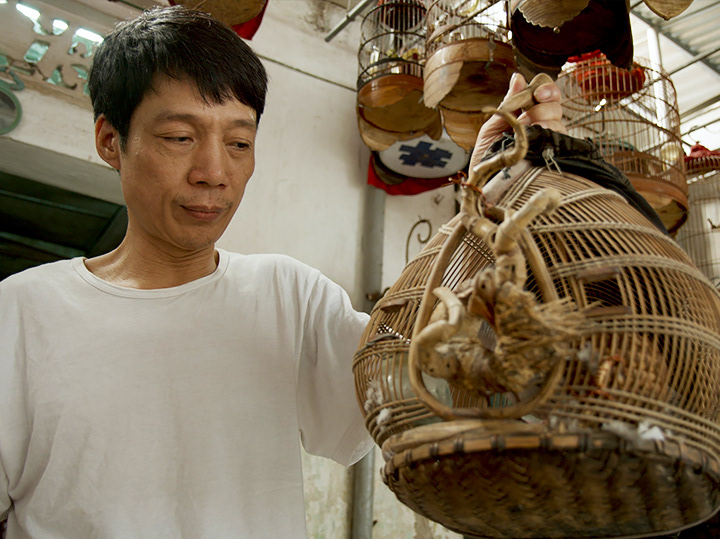A Lamu Coal Plant — a teaser
On June 26th, 2019, the Supreme Court of Kenya halted plans to construct the country’s first-ever coal plant. Located near the 14th century settlement of Lamu, Kenya’s oldest continually inhabited town and a World Heritage Site, the proposed plant has been met with fierce opposition from local activist groups. They fear the coal-fired plant will spell the end of Lamu by devastating the marine ecosystem on which the community depends. Kenya’s judges ordered a new environmental assessment must be made before construction can begin.
What appears to be a story we’ve heard before — extractive industry coming to destroy a place and its marginalized people — is more complex, bizarre, and has implications that reach much farther than the Lamu archipelago and its 100,000 inhabitants.
There is no coal in Lamu. It would have to be imported from South Africa for at least the first five years. Financed by Chinese companies, the proposed plant would also create an oversupply of power, which would ironically raise electricity costs, as Kenya would still have to pay back Chinese companies billions of dollars over the next decades even if the plant idles.
Critics point to China’s ever-growing influence in the region, and call this another instance of what has been coined China’s “debt-trap diplomacy”, wherein China takes control of critical infrastructure projects it helps finance after countries fail to pay back their loans. At a time when China is shutting down hundreds of coal plants within its own boarders to preserve its local environment and meet its Paris Agreement commitments, many question why Kenya would opt for coal, especially with renewables on the rise.
On all fronts, the coal plant seems a bad choice for Kenya, but very beneficial for China, as China would be able to simultaneously offload its now stagnant surplus of coal tech and labor, while increasing its influence across East Africa as part of its Belt and Road Initiative.


